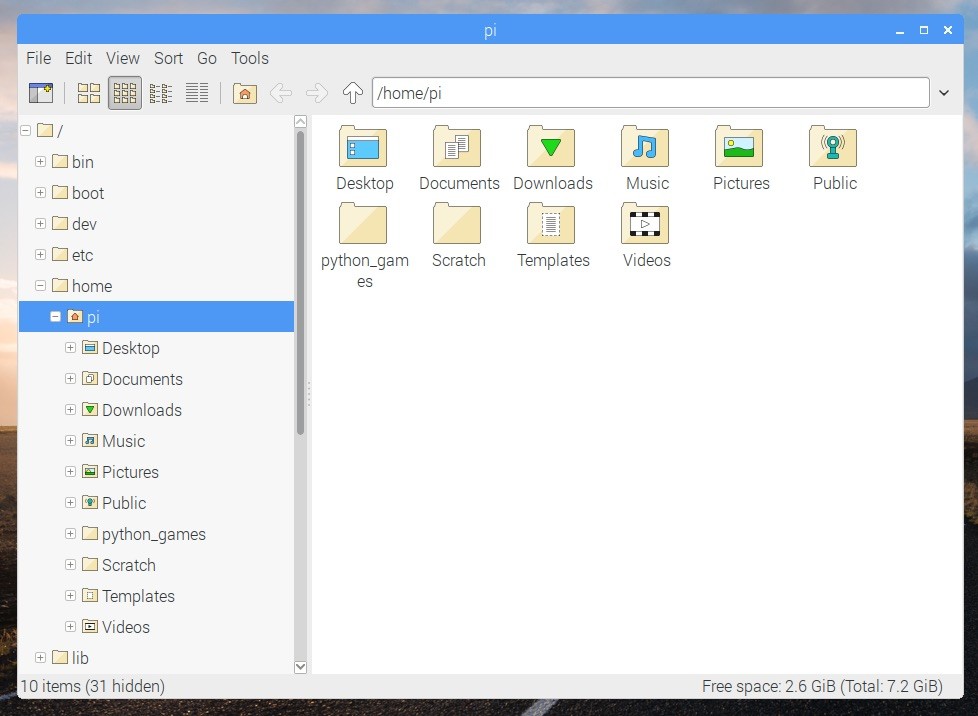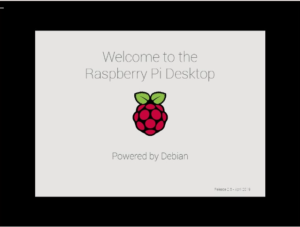

It asks what type of disk file to create, but you can just choose the default VDI (Virtual Disk Image). It's implemented as a file on the host computer but looks like a hard drive to the guest.Ĭhoose create a virtual hard disk now. As it's name suggests this is a virtual version of a hard disk drive. You will then be asked about whether to create a virtual hard disk. This is something you can change later so no need to worry about it too much. If you have a lot of memory then you could make this larger. The recommended minimum is 1024MB, which is a good amount. You will then need to select the amount of memory (RAM) to allocate to the virtual machine. Raspberry Pi Desktop), set the type to Linux and version to Debian 32-bit (on which PIXEL is based). Choose New to create a new Virtual Machine. Creating a Virtual Machine for Desktop Raspberry Piįirst you need to create a new virtual environment under the VirtualBox Manager. There is no need to extract the files as the virtual machine can use it as though it was a DVD inserted into the computer.
#RASPBIAN DOWNLOAD ISO ISO#
The file downloaded is an ISO file which is a CD / DVD image. You need to make sure you download the Deskop Image The desktop image can be downloaded from the Raspberry Pi website.
#RASPBIAN DOWNLOAD ISO SOFTWARE#
You then follow the standard process for installing the software on your system.
#RASPBIAN DOWNLOAD ISO WINDOWS#
If running Windows or OSX, or if you want to run the latest version for Linux then you can download the binaries from. In the case of a Debian / Ubuntu based distribution then this is as easy as launching a terminal and running: The VirtualMachine software that we will run is VirtualBox which is available as open source software.įor Linux users then VirtualBox will mostly likely be included within your standard software repository. You need a host operating system installed on your computer which could be Linux, Windows or OSX. I'd recommend at least 2GB, but if you are running a memory hungry operating system then you may be better with around 4GB or more. The reason for needing lots of memory is that each operating system will need it's own memory. I do recommend that you have a reasonable amount of memory. It will run better on a more modern computer which includes virtualization support. The virtual machine can be run on most recent PCs. The reason that this is so important is that the guest sometimes needs to ask the host to do things on it's behalf (such as networking which I will explain later). The guest (or guests) are the virtual machines that are then run inside the virtual machine environment. It's also the operating system where VirtualBox is started from. When referring to virtual machines then a host is the operating system that runs directly when the computer is started. Some terminology that may come in useful is the words host and guest. The screenshot below shows Raspberry Pi Desktop running inside of a Kubuntu (Linux operating system) This is more efficient and allows the virtual machines to run at the native speed of the underlying hardware (or very close to it). Whereas emulation converts each instruction before running it in the host operating system, virtual machines run directly on the processor. Note that this is not emulation which is sometimes used to run software inside another computer operating system.

This reduces cost and power consumption by reducing the number of servers required and ensuring those that are used are used efficiently. It is used in computer data centres to allow multiple virtual computers to run on a single physical server. What is a virtual machine?Ī virtual machine provides the ability to run multiple operating systems on a single computer. It has then had a customized user interface to give the user a more consistant experience. It is a Linux based operating system which is based on the Debian distribution, called Raspbian. Raspberry Pi Desktop is the name given to the operating system implementation as used on the Raspberry Pi, but installed on a PC.

In this guide we will set up the Raspberry Pi Desktop Operating System in a virtual machine. Installing Raspberry Pi Desktop in a Virtual Machine


 0 kommentar(er)
0 kommentar(er)
